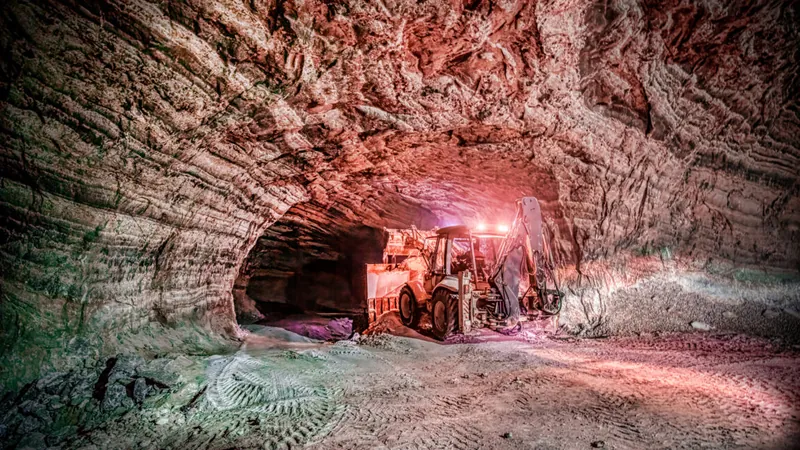
Surprising Life Forms Uncovered in Earth’s Darkness: What Lies Beneath Could Change Everything!
2025-01-20
Author: Amelia
Life on Earth often dazzles us with its vibrant surface, from the colorful flora of rainforests to the brilliant hues of coral reefs. However, recent research is illuminating another world—an extraordinary realm thriving beneath our feet, where life flourishes in total darkness, challenging our previous notions of biodiversity.
For years, scientists believed that areas basking in sunlight harbored the most diverse and dynamic ecosystems. New insights from a groundbreaking study led by Emil Ruff at the Marine Biological Laboratory in Woods Hole, Massachusetts, reveal that this belief is evolving. The subsurface ecosystems are home to an astonishing variety of microbes that rival—and sometimes surpass—the diversity found in surface environments like tropical rainforests and coral reefs.
In a pivotal study published in Science Advances, researchers assert that subsurface ecosystems may contain more than half of all microbial cells on Earth. They embarked on a global exploration to compare microbiomes from both surface and subsurface habitats, gathering samples from an array of environments, including rocks, aquifers, deep sea sediments, and even extreme locales like deserts and hydrothermal vents.
Remarkably, bacteria and archaea collected from these subterranean settings reveal a treasure trove of life forms capable of thriving under aggressive conditions where energy levels are strikingly low. Despite this, the findings indicate that some confined underground species—such as the Euryarchaeota and Asgararchaeota—exhibit remarkable adaptations, with potential applications in biotechnology and environmental restoration.
Euryarchaeota, for instance, are known for their ability to survive extreme heat and generate methane, offering insights that could help harness renewable energy sources. On the other hand, Asgararchaeota could illuminate the secrets of eukaryotic evolution, as they are closely related to organisms with complex cell structures, including humans.
Interestingly, researchers observed an increase in microbial diversity with depth, defying expectations. Typically, it's thought that accessibility to energy diminishes with increased depth, but this study suggests that some microbes may have developed ultra-slow metabolic rates, allowing them to endure for extraordinarily long periods—potentially decades or even centuries—without reproducing.
What does this mean for the search for extraterrestrial life? Ruff posits that if Earth harbors such resilient microbial life far beneath its surface, similar organisms might exist on planets like Mars, where conditions challenge the survival of life forms. This tantalizing concept fuels hope that the investigation of deep Earth life could serve as a blueprint for discovering life beyond our planet.
The implications are profound: not only does this research deepen our understanding of the life hidden below Earth's crust, but it also raises exciting possibilities related to our quest for life on Mars. Could future explorations be equipped to probe kilometers below Martian soil, revealing ancient, possibly dormant, life forms?
For now, as we continue to explore Earth’s unseen depths, one thing is certain: the mystery of life below our feet is just beginning to be unraveled. The potential connections between subsurface ecosystems on Earth and other planets may redefine our understanding of life's resilience and adaptability in the universe. Keep your eyes peeled—future discoveries may uncover secrets that could change everything we know about life itself!
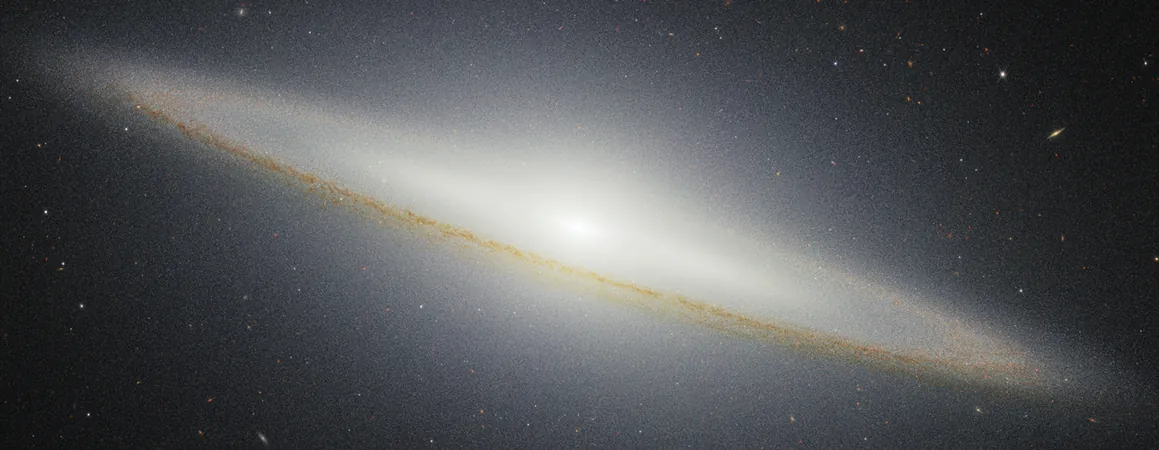



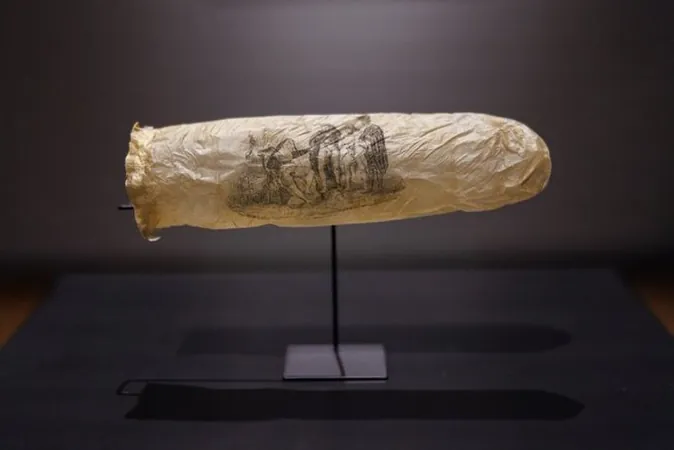
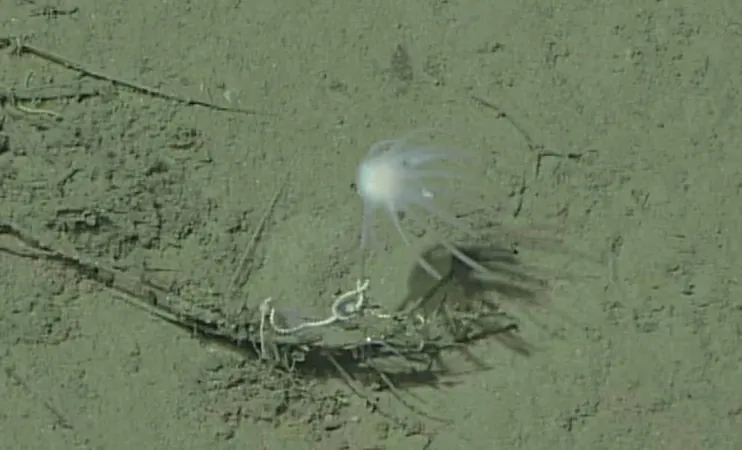
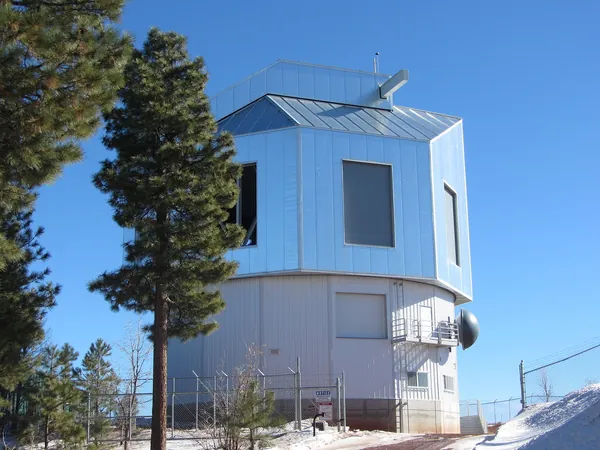


 Brasil (PT)
Brasil (PT)
 Canada (EN)
Canada (EN)
 Chile (ES)
Chile (ES)
 Česko (CS)
Česko (CS)
 대한민국 (KO)
대한민국 (KO)
 España (ES)
España (ES)
 France (FR)
France (FR)
 Hong Kong (EN)
Hong Kong (EN)
 Italia (IT)
Italia (IT)
 日本 (JA)
日本 (JA)
 Magyarország (HU)
Magyarország (HU)
 Norge (NO)
Norge (NO)
 Polska (PL)
Polska (PL)
 Schweiz (DE)
Schweiz (DE)
 Singapore (EN)
Singapore (EN)
 Sverige (SV)
Sverige (SV)
 Suomi (FI)
Suomi (FI)
 Türkiye (TR)
Türkiye (TR)
 الإمارات العربية المتحدة (AR)
الإمارات العربية المتحدة (AR)